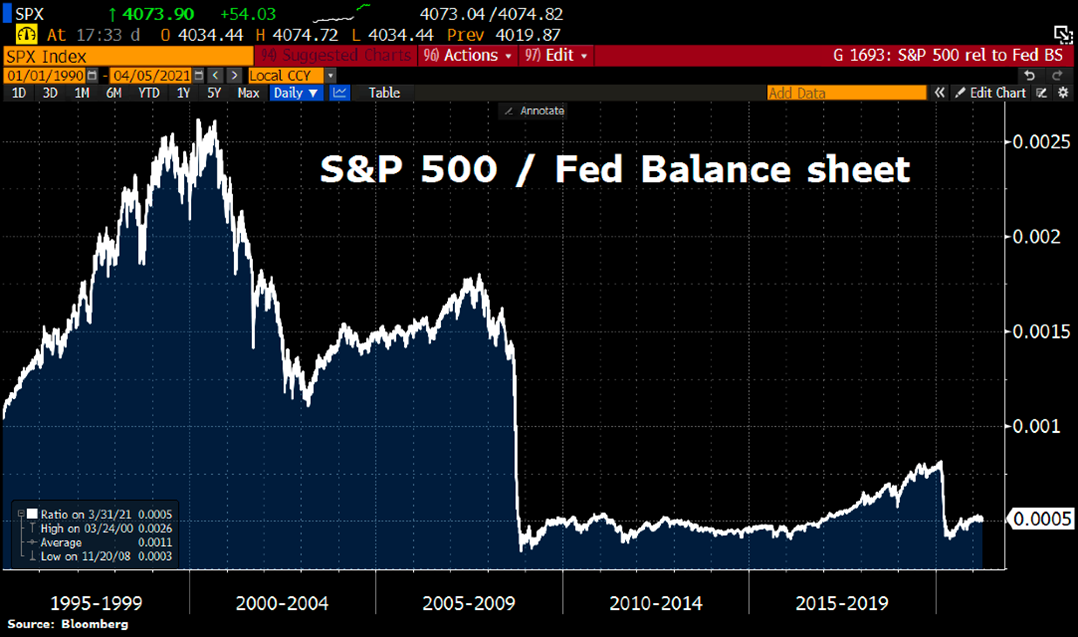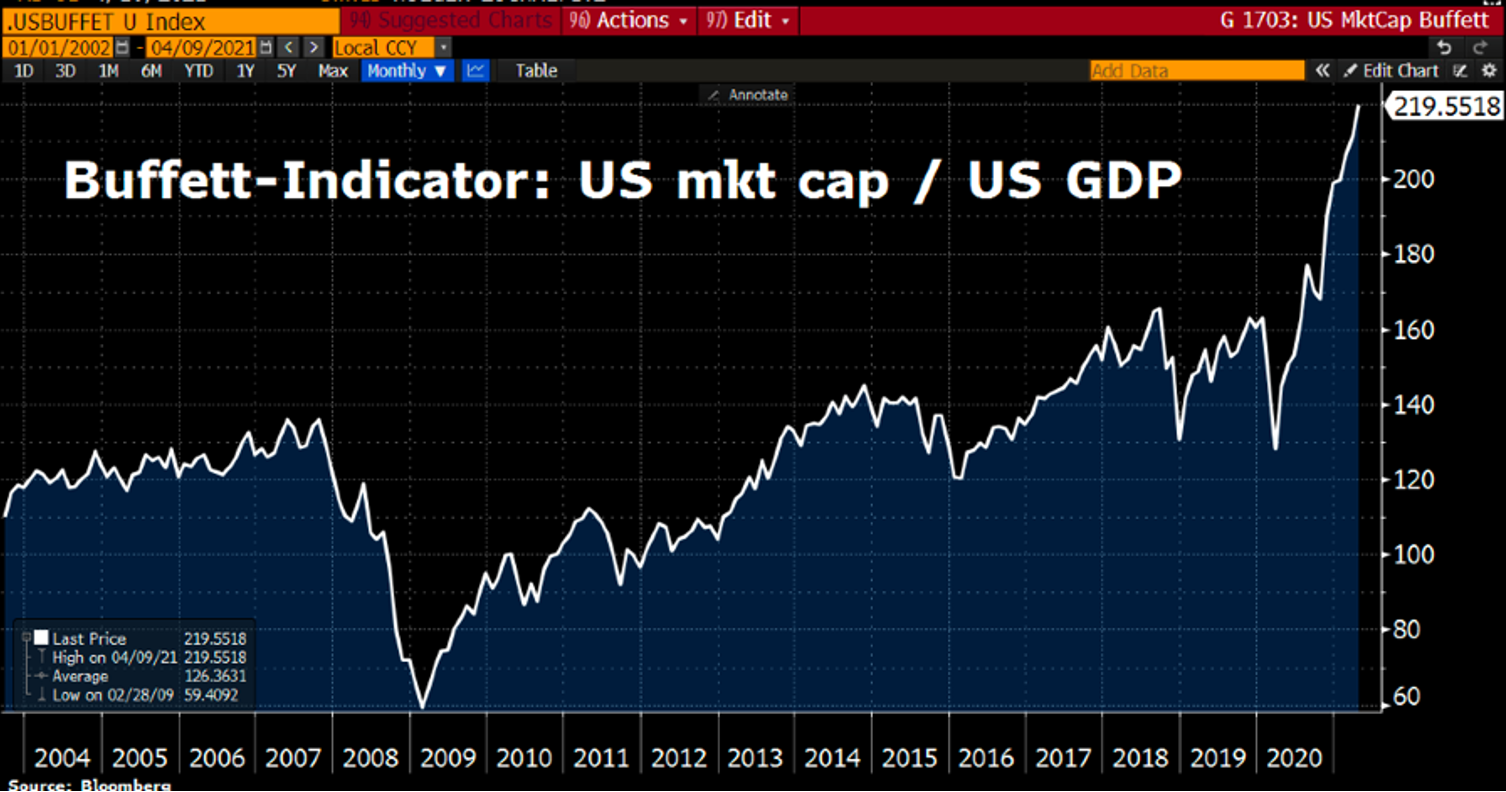Amplus Fund March Update
In his latest commentary, portfolio manager Andrew James Labbad discusses the controversial “I” word: Inflation. How is Amplus prepared for it? Read more here.

Who would have thought that one of the greatest losses in the asset management industry would have happened during a time where stock markets continue to hit all-time highs? As of March 31st, 2021, the S&P 500 was up +6.2% on the year. Despite soaring markets, Archegos Capital Management, a family office managing $10 billion in assets, suffered one of the largest margin-calls in history. Banks globally wrote down $10 billion in losses because of it. Today, there are significantly tighter risk management protocols at financial institutions due to the global financial crisis in 2008. However, macro-economic threats and poor fiscal controls are creeping up which can have massive impact on investors.
Our strategy continues to be rewarding despite the volatility showcased in most asset classes. Amplus Credit Income Fund closed up +0.96% in March 2021. After launching the fund on July 2nd, 2020, cumulative returns stand at +22.55% after costs. By comparison, the two major Canadian fixed-income indices, FTSE & Barclays, are down -4%. Most of these negative returns can be attributed to a rise in interest rates.
In last month’s commentary, we briefly discussed the impact of a rising yield environment – it would force corporate issuers to speed up their funding plans of issuing debt. This debt supply would put pressure on secondary markets. We mentioned that this started to unfold in the second half of February and it continued for most of March. We were well-positioned for it. More specifically, we were able to not only buy new debt deals at larger concessions, but we started buying underperforming existing debt in sectors that saw oversupply, namely telecom. The space was already under pressure with headlines of Rogers acquiring Shaw for $26 billion. The motivation of Rogers is clear: use financial leverage while debt is cheap to help create earnings growth through M&A. This was the perfect recipe to buy debt in this sector at cheaper levels – a non-cyclical sector that sees stable recurring cash-flows. We saw this as an opportunity to buy some of the shorter-dated debt in what will become Canada’s largest telecom company by far. Most of our debt purchases will either mature by or mature shortly after the deal closes.
As optimistic as we have been with the markets, bond investment managers are generally known as being pessimists. Our goal is to identify the bad news, or the risks, deep in the financial data. In an environment where the markets continue to climb, fueled by unprecedented government spending, strategic bond investors need a lot of conviction to take on more risks.
Let us look at two indicators that show the reliance of Fed support and our uncharted territory:
1. The S&P continues to hit all-time highs fueled by growth in the Fed balance sheet. The graph below illustrates the reliance of the market on Quantitative Easing (QE) to continue growing. You can see that the returns adjusted for government spending are essentially zero since 2008. You don’t want to be playing musical chairs when the spending stops.

2. The graph below shows Warren Buffett’s valuation indicator of the current market. It looks at total U.S. market cap versus U.S. GDP – currently all-time highs. This shows that U.S. market valuations have risen over 200% faster than U.S. GDP. This is the consequence of endless amounts of freshly minted cash being put into the markets and low interest rates.

To remain disciplined and humble during these interesting times, we refreshed ourselves on the events of 2008 by watching Michael Lewis’ The Big Short. One of the earliest investors to bet against the housing market was Michael Burry. He convinced U.S. banks to create financial instruments for him to short low-quality sub-prime mortgages. Even though it took three years for his thesis to unfold, his investors reaped 450%+ returns. Shortly after watching the movie, we decided to see what Michael Burry was up to now. His latest tweets refer to inflationary crisis and compare America’s current trajectory to German hyper-inflation after WWI which arguably lead to the start of WWII.
Inflation can be good for us as credit investors. While debt remains the same, inflation can increase the value of assets and earnings power, which can benefit the borrower and ultimately the lender, Amplus. With confidence, Amplus is well-hedged against many of the risks caused by inflation.
To recap, tailwinds in credit remain strong. Monetary and fiscal policies continue to be extremely accommodating, robust inflows in U.S. fixed income ($63 billion YTD) and a rising rate environment are all positive for credit spreads.